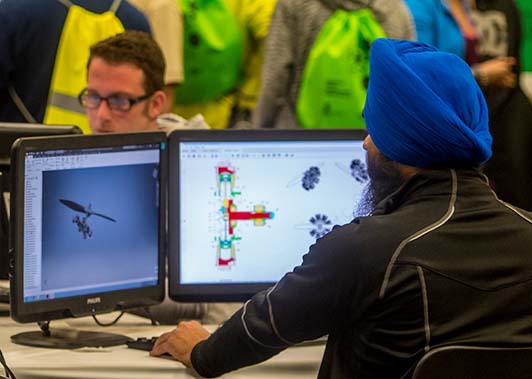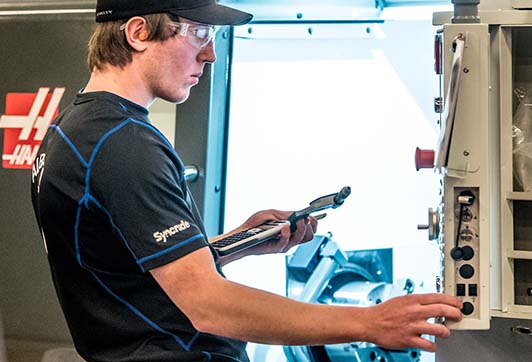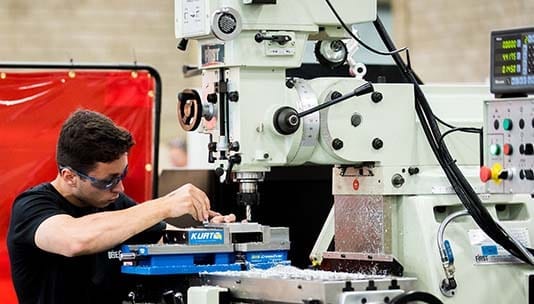Mobile Robotics
What is mobile robotics?
Due to improvements in computers and the increasing use of robots, companies must now be able to access and apply these emerging technologies in the design and manufacture of products to remain competitive. The ability to prove that the basic design works, called rapid prototyping, and concurrent engineering, the process in which a design is evaluated and modified by a team, are two of the new methods that industry uses to reduce the time and cost of bringing new products to market.
Robotics engineers perform some or all of the following duties:
- Building, configuring, and testing robots
- Designing software systems to control their robotic systems, such as those robots used for manufacturing
- Designing automated robotic systems that are used to increase the production and precision levels within a specific industry
- Analyzing and evaluating the prototypes and robotic systems they have created. This is generally a never-ending task, since technology is constantly changing and advancing
- Reviewing and approving cost estimates and design calculations
- Serving as technical support for the robotic systems they have created
- Teaching plans paths to robots
- Performing research into the design, operation and performance of robotic mechanism components or systems
HOW TO JOIN THE FIELD
Mathematical and science skills
Bachelor’s degree in robotics engineering or other program (electrical, mechanical, etc.)
College diploma in Robotics and Automation Control
College Certificate in Robotics Technician
College diploma in electro-mechanical engineering technician (robotics)
INDIGENOUS AND REMOTE CONSIDERATIONS
Many Indigenous and remote communities do not have the same access to information and experience when it comes to science, mathematics and technology fields. This would likely mean that students from these communities may need extra support when they are pursuing this field both in post-secondary school, as well as on-the-job.
Indigenous and remote communities are catching up to southern Canada when it comes to digital technology and computer skills and industries. Not all communities have access to reliable, affordable internet and service interruptions are all too common. Access to computers at home is not a given for everyone and Elders and even sometimes younger generations lack computer knowledge, although this situation is undergoing some significant changes at the moment. But even those people in Indigenous and remote communities with interest and high-level skills in computers may not have the same access to opportunities to learn about different programs and may face significant bandwidth issues, limiting their ability to learn and develop in this field. Indigenous and remote students may need qualifying courses or need to augment college learning to be successful in this field.
Although with significant improvements currently underway to internet connections in Indigenous and remote communities, careers in this field become more viable and are likely to become more so in years to come.
DISABILITY CONSIDERATIONS
As this field involves both complex thinking and analysis as well as physical operation, people with physical, intellectual and learning disabilities may need accommodations in order to be successful.
Find the right career path for you with our interactive map!
Trouvez le cheminement de carrière qui vous convient grâce à notre carte interactive!
Sample Job Titles
- Agricultural
- Military
- Medical
- Manufacturing
Companies and Sectors
- Computer programmer
- Industrial designer
- Tool and die maker

Mobile Robotics and the Skills for Success Program
The key Skills for Success for this career path are:
- Numeracy
- Problem Solving
- Digital



